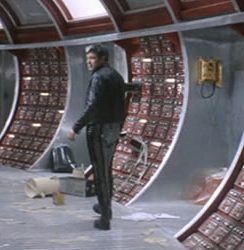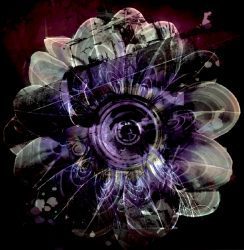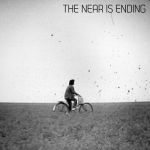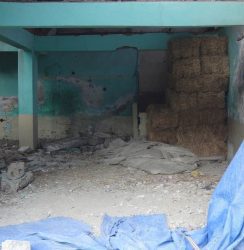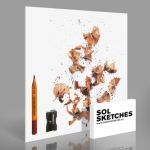Solaris Mindset (Mix)
Mentioning Andrej Tarkovsky’s 1972 movie “Solaris” as a source of inspiration has become a bit of cliche somehow. This classic movie (we’re talking the original Russian 1972 version now) has inspired numerous people, in various fields of art, in its 40 years of existence.
The sparse music soundtrack, created by Edward Artemyev, and the overall meditative ambient atmosphere has also inspired a great deal of ambient music artists.
It also inspired this mix-collage.
Referring to Solaris from a mix like this may not really be in the ‘true spirit’ of what Tarkovsky meant to achieve: he originally wanted to make the movie entirely without using music at all, and asked composer Artemyev to orchestrate the ambient sounds as a musical score. The latter proposed subtly introducing orchestral music. (source).
The sparse use of musical background, together with the length and slow pace of the movie (a ‘meditative psychological drama’) has always had a strange effect on me: it puts me in some kind of half-sleep, a kind of state in which where it is difficult to distinguish details, to separate reality from images less ‘real’.
A half-conscious state of mind that perfectly matches the movie’s theme.
This mix includes many different sources. Some parts of the originals Artemyev soundtrack are linked to fragments of the beautiful game soundtrack from Skyrim, by Jeremy Soule. The cinematic parts are alternated with various electronic soundscape fragments – familiar and less familiar.
Together with many tiny fragments from your own memory, a new – and strictly personal- alternate reality may be created, which (like in Solaris) may be hard to distinguish from real life…
Solaris was originally released in march 1972.
This tribute mix is celebrating this inspiring movie’s 40th anniversary!

